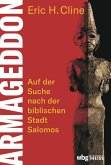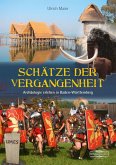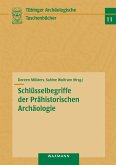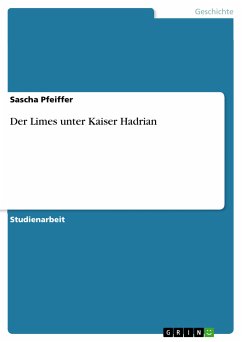Trotz der teilweise sehr guten Erhaltung von Resten römischer Militärlager in Noricum ist der Kenntnisstand zu den einzelnen Befestigungsanlagen immer noch sehr beschränkt. Einzig die Geschichte des Kastells Mautern ist durch Ausgrabungen gut bekannt. Die Bearbeitung und Auswertung archäologischer Untersuchungen (2002-2012) in Arelape/Pöchlarn erlaubt nun, die Entwicklung dieses Kastells von seiner Gründung in der zweiten Hälfte des 1. Jhs. n. Chr. bis zu seiner endgültigen Aufgabe im späten 5. bzw. frühen 6. Jh. n. Chr. nachzuvollziehen. Dabei ermöglicht die Analyse der Befunde und des Fundmaterials die Beantwortung von Fragen zur Chronologie, aber auch zur Funktion der freigelegten Gebäude, zu den im Kastell stationierten Einheiten und zur Nutzung der Anlage in der Spätantike.
Dieser Download kann aus rechtlichen Gründen nur mit Rechnungsadresse in A, B, BG, CY, CZ, D, DK, EW, E, FIN, F, GR, HR, H, IRL, I, LT, L, LR, M, NL, PL, P, R, S, SLO, SK ausgeliefert werden.









